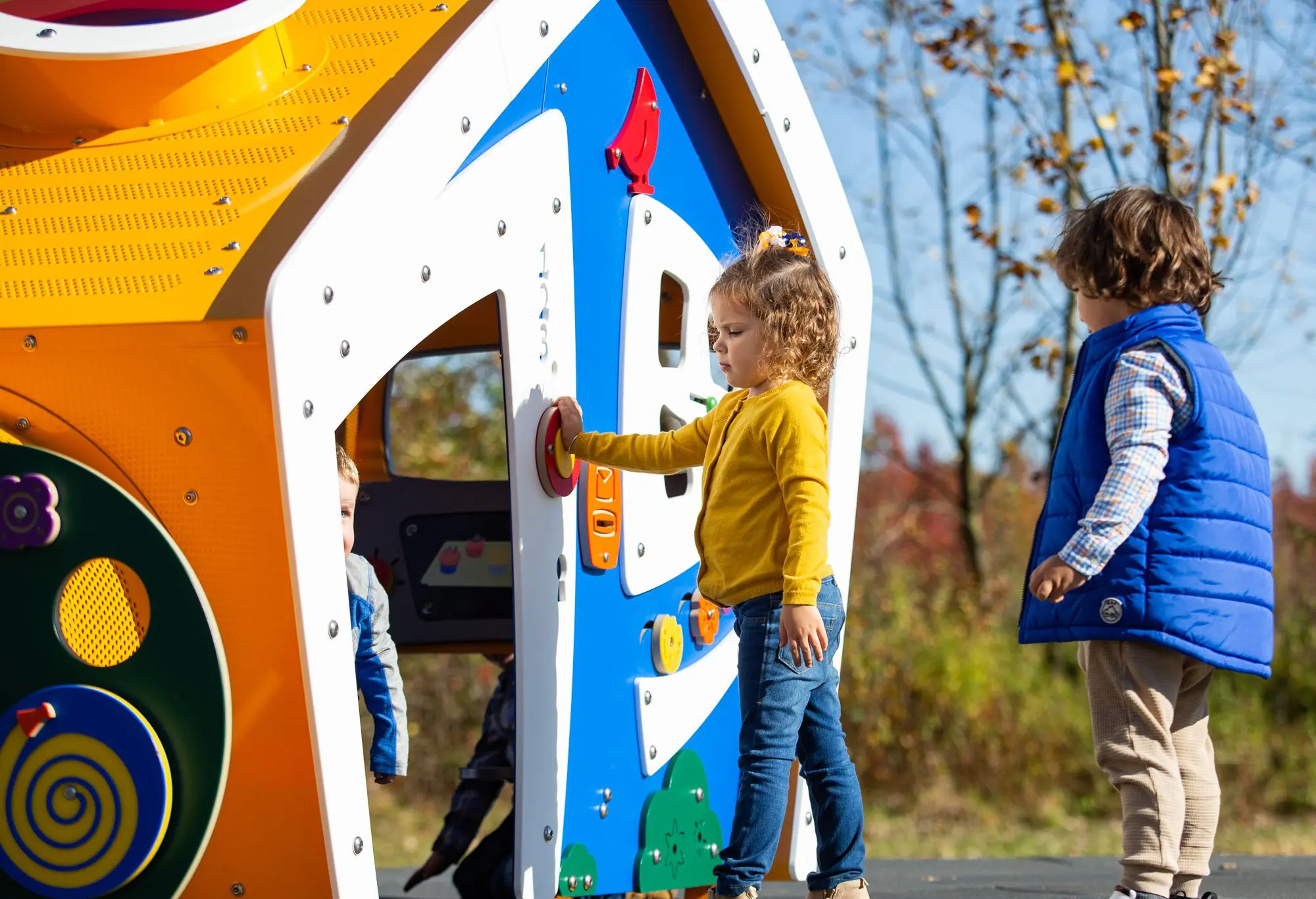Sensory Playgrounds are a Must-Have!
Posted by May Recreation Content Team on

As adults going through a typical day, we often take our senses for granted. But remember back to when you were a child, and you never knew what wondrous sight, smell, or sound was awaiting you. You formed your opinions of foods by how they tasted, or in some cases how they smelled or felt.
And while our senses are commonly thought to number five, we actually have seven senses - sight, sound, taste, smell, touch, vestibular (balance), and proprioception (body awareness).
These last two are connected to the sense of touch and help us relate to the world around us. And while children are not able to name them, all these play an important part in their development in that they help them process the world around them.
The Importance of Sensory Play
Sensory processing is crucial for children in that it plays a major part in motor, speech, social, and behavioral development as well as the cognitive capacity for learning and paying attention. The key to optimal sense development sense is input.
The best way to deliver stimulating sensory input to children is to provide them with activities that encourage them to engage with one or more senses and to move and interact with the world; in other words to engage in sensory play. The best way to present opportunities for sensory play is in a sensory playground.
What is a Sensory Playground?
Like all playgrounds, sensory playgrounds further physical development since they provide ample opportunities for gross motor activities on structures like roller slides, climbing structures, and inline rope swings. But they are also built with sensory stimulation in mind.
They may have sensory walking paths constructed with brightly colored hanging flex treads and lined with vertical roto panels, both of which provide stimulating texture and color variety and can be used by exploring children to orient themselves as they negotiate the maze.
Some sensory playgrounds have sandpits for sifting and sculpting as well as water tables where children can measure out and pour water from large to small containers. Both types of equipment not only provide sensory exploration they hone children's fine motor skills.
What sets sensory playgrounds apart is that they are built to be inclusive - for children of all abilities, whether they are in wheelchairs, on crutches, or those who are neurodivergent in some manner as well as those with typical abilities, They are designed with ADA compliance in minds and characterized by features like wide pathways and perimeter paths and built on artificial turf and other ground surfaces that allow a wheelchair to roll freely.
As much as sensory playgrounds provide a safe measured atmosphere for kids with autism spectrum disorder and SPD (sensory processing disorder) to experience and manage sensory input, they can quickly overwhelm them. With this in mind, sensory playground designers also include tranquil spaces where children who become overstimulated can retreat without leaving the playground.
A Final Thought:
In an age where children as young as 3 or 4 are already dependent on their screens, including a sensory playground on your school grounds or neighborhood park, can rekindle children's desire to go out and play. At May Recreation, we believe that all kids deserve play spaces that are sensory-rich and endlessly invigorating. Contact us today, and let us help you create the perfect sensory playground!
